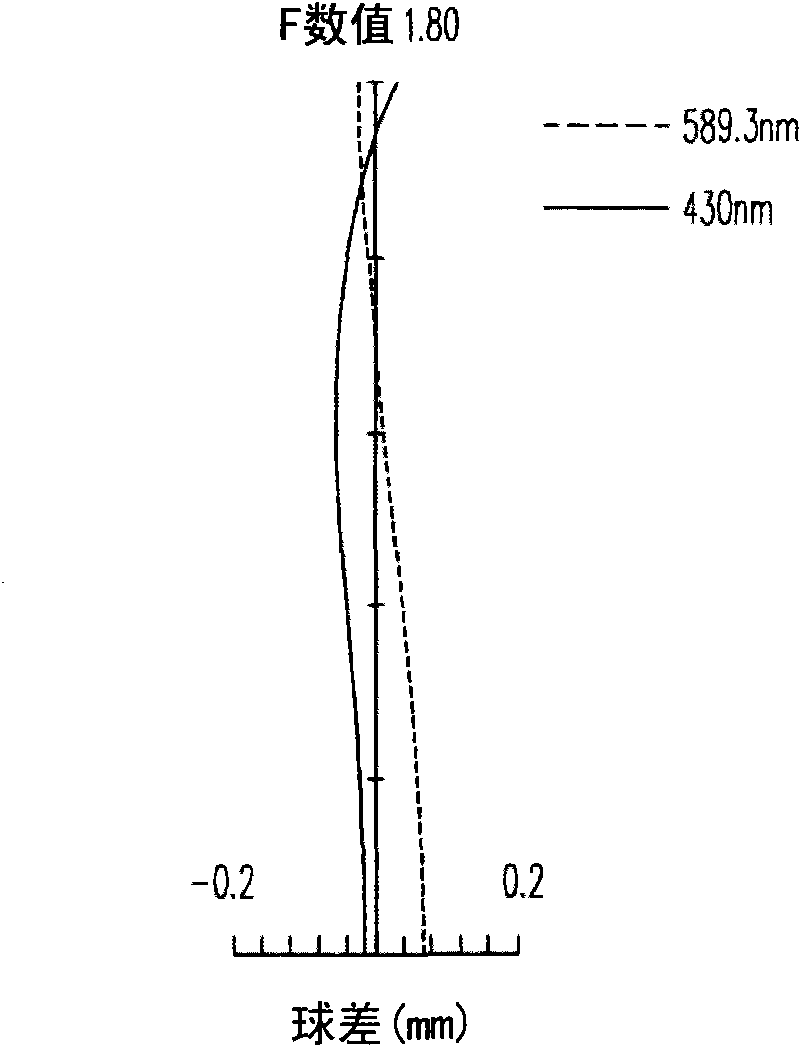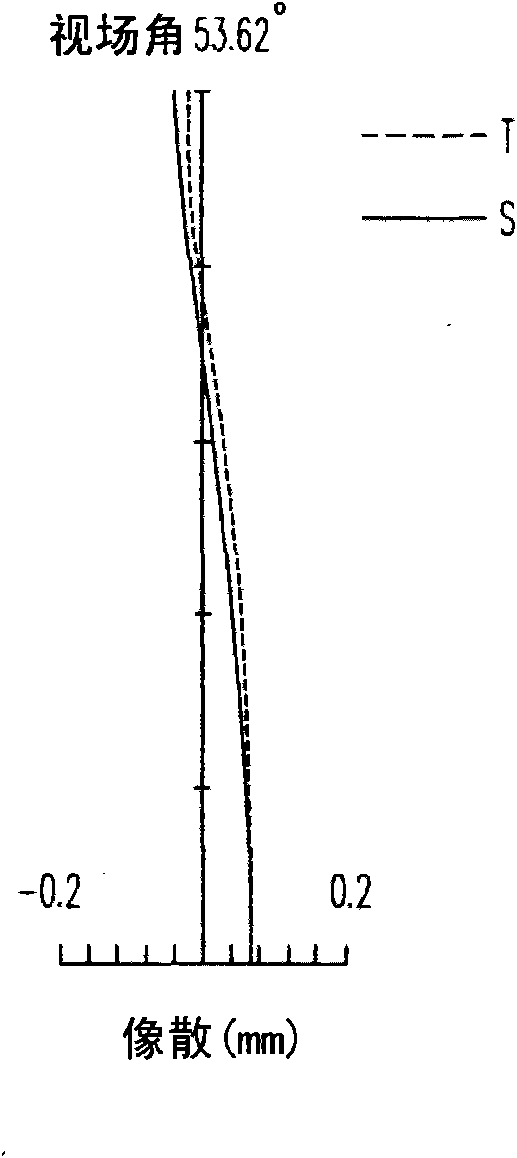Lens module
A lens module and lens technology, applied in optical components, optics, instruments, etc., can solve the problems of increased aberration of imaging images, reduction of overall optical size, and inability to meet compactness of the system, so as to achieve improved chromatic aberration and better optical imaging quality Effect
- Summary
- Abstract
- Description
- Claims
- Application Information
AI Technical Summary
Problems solved by technology
Method used
Image
Examples
Embodiment Construction
[0043] The aforementioned and other technical contents, features and effects of the present invention will be clearly presented in the following detailed description of preferred embodiments with reference to the accompanying drawings. The directional terms mentioned in the following embodiments, such as: up, down, left, right, front or back, etc., are only referring to the directions of the drawings. Accordingly, the directional terms are used to illustrate and not to limit the invention.
[0044] figure 1It is a schematic structural diagram of a lens module according to an embodiment of the present invention. refer to figure 1 The lens module 100 of this embodiment is basically composed of four lenses. Without affecting the optical performance of the lens module 100, the lens module 100 itself can also have a fixing mechanism for supporting and fixing these lenses and a moving mechanism for moving these lenses. To enable the lens module 100 to perform focusing and other i...
PUM
 Login to View More
Login to View More Abstract
Description
Claims
Application Information
 Login to View More
Login to View More - R&D
- Intellectual Property
- Life Sciences
- Materials
- Tech Scout
- Unparalleled Data Quality
- Higher Quality Content
- 60% Fewer Hallucinations
Browse by: Latest US Patents, China's latest patents, Technical Efficacy Thesaurus, Application Domain, Technology Topic, Popular Technical Reports.
© 2025 PatSnap. All rights reserved.Legal|Privacy policy|Modern Slavery Act Transparency Statement|Sitemap|About US| Contact US: help@patsnap.com



